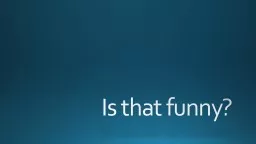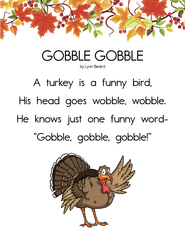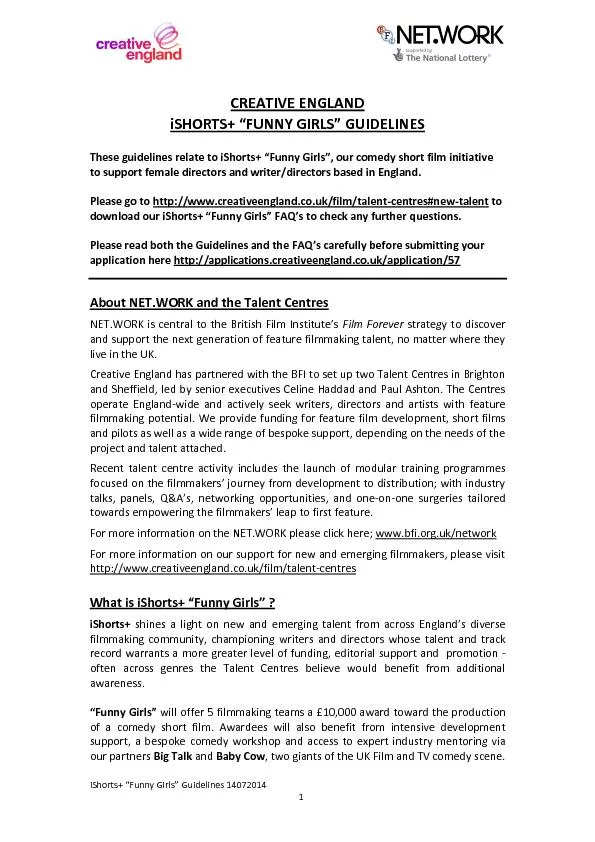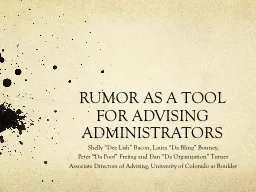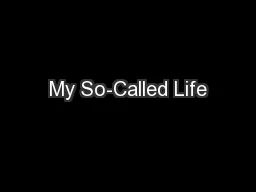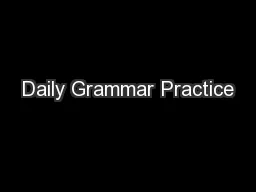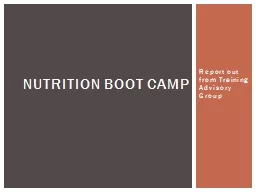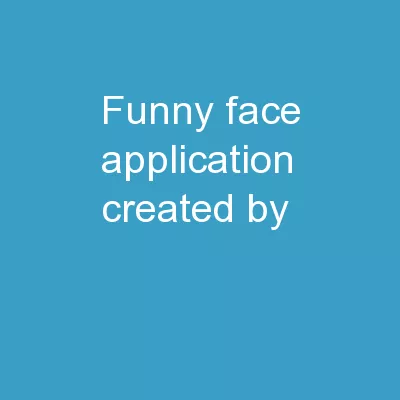PPT-Is that funny?
Author : cheryl-pisano | Published Date : 2017-12-07
Hi everyone Knock knock Whos there I will not be doing any knock knock jokes Whew Here is a story It all fits on two slides so you can relax I used to teach teachers
Presentation Embed Code
Download Presentation
Download Presentation The PPT/PDF document "Is that funny?" is the property of its rightful owner. Permission is granted to download and print the materials on this website for personal, non-commercial use only, and to display it on your personal computer provided you do not modify the materials and that you retain all copyright notices contained in the materials. By downloading content from our website, you accept the terms of this agreement.
Is that funny?: Transcript
Download Rules Of Document
"Is that funny?"The content belongs to its owner. You may download and print it for personal use, without modification, and keep all copyright notices. By downloading, you agree to these terms.
Related Documents

